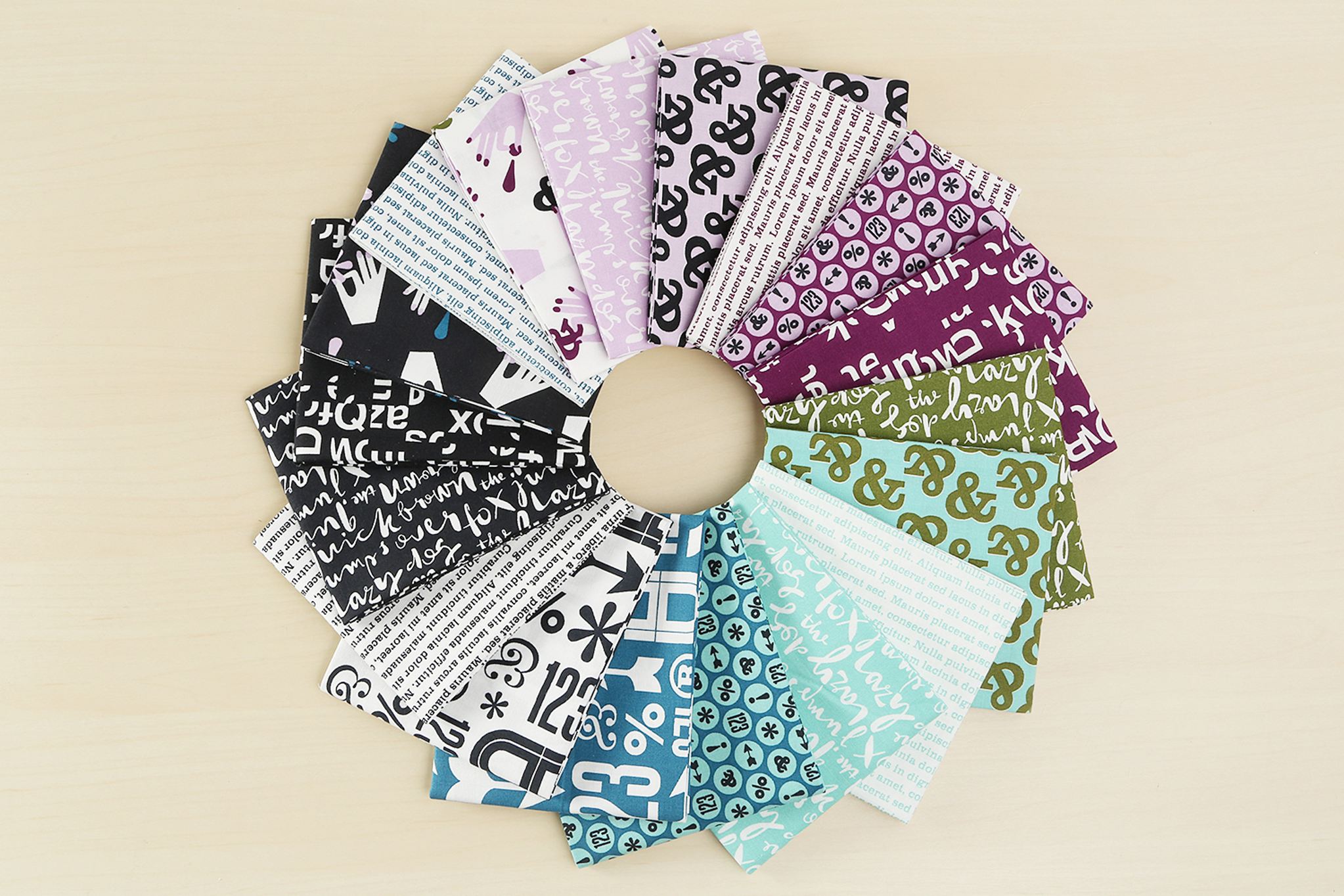In about a month I’m giving a talk about a print by Albrecht Dürer. I’ll show you the print before I go any further.
I really hate presentations to peers, however I have to do one in about a month and this is my subject. As artworks go I think I lucked out. Not only is Dürer pretty cool, but I get to draw interesting comparisons about the human body. I’m sure I have to talk about printmaking and stuff too, but the human body stuff is way more interesting.
So this is an engraving most likely depicting a character who is representational of Nemesis – the Goddess of revenge and retribution. Dürer identified the central figure for us in the title, however her tummy, chubby bum and balancing sphere accoutrements suggest the Goddess Fortune. In addition the wings link her to victory, the cup to generosity and the bridle to dominance. I think what he’s saying here is something about revenge requiring good fortune, and to execute revenge well we require good fortune which comes from both generosity and dominance of both ourselves and our intended subjects. Or something. Anyway, that’s the deep stuff out the way.

 Look at her body shape. I think we’d describe her as having ‘a little extra padding’ if we were to talk about her politely now. First off I’m going to point out that she’s not pregnant – that pose and exaggerated tummy was typical of the northern European artists of this time. Jan Van Eyck painted women this way in both the Ghent Altarpiece and also the Arnolfini Portrait. Niether of these women are pregnant and you can see from their bodies that they’re not fat.
Look at her body shape. I think we’d describe her as having ‘a little extra padding’ if we were to talk about her politely now. First off I’m going to point out that she’s not pregnant – that pose and exaggerated tummy was typical of the northern European artists of this time. Jan Van Eyck painted women this way in both the Ghent Altarpiece and also the Arnolfini Portrait. Niether of these women are pregnant and you can see from their bodies that they’re not fat.
But the northern European artists did certainly go in for a more realistic depiction of women at this time. They have muscle and sinew, bone and fat. They aren’t impossibly skinny or in awkward poses.
 Here’s another. A French painting in the National Gallery from about the same time. She even has a cloth covering her modesty. The northern European artists rarely seemed to show if a model had pubic hair or not, their vulvas simply didn’t appear to be of any interest at all.
Here’s another. A French painting in the National Gallery from about the same time. She even has a cloth covering her modesty. The northern European artists rarely seemed to show if a model had pubic hair or not, their vulvas simply didn’t appear to be of any interest at all.
There seems to be a tenderness in the northern European artists attitude towards their female subjects. A respect perhaps. They paint or draw lumps and bumps without hesitation presumably because that was what was considered beautiful in the sixteenth-century. Since there are so many depictions that follow this pattern it can be reasonably well assumed that the women here were happy to be shown this way. Perhaps even proud.
Most of all though, these female subjects look like they are actually drawn from female models. They are real people rather than constructions from the artists imaginations.
Enter: the Italians.
The Italians were more typically doing something a little… unpalatable. It was pretty common to construct the subjects of their paintings from bits of different people. You might have one model for the legs, another for the face, boobs from a third…
There are classic tales of Leonardo da Vinci (and others) believing that he couldn’t paint certain women because they were too beautiful to capture, and that he used to use his male lovers as models for the women he was painting. Many women appearing in his
And that’s where I finished the post. Well obviously I didn’t finish it. But I still thought it was worth publishing when I went back to it two years later.



